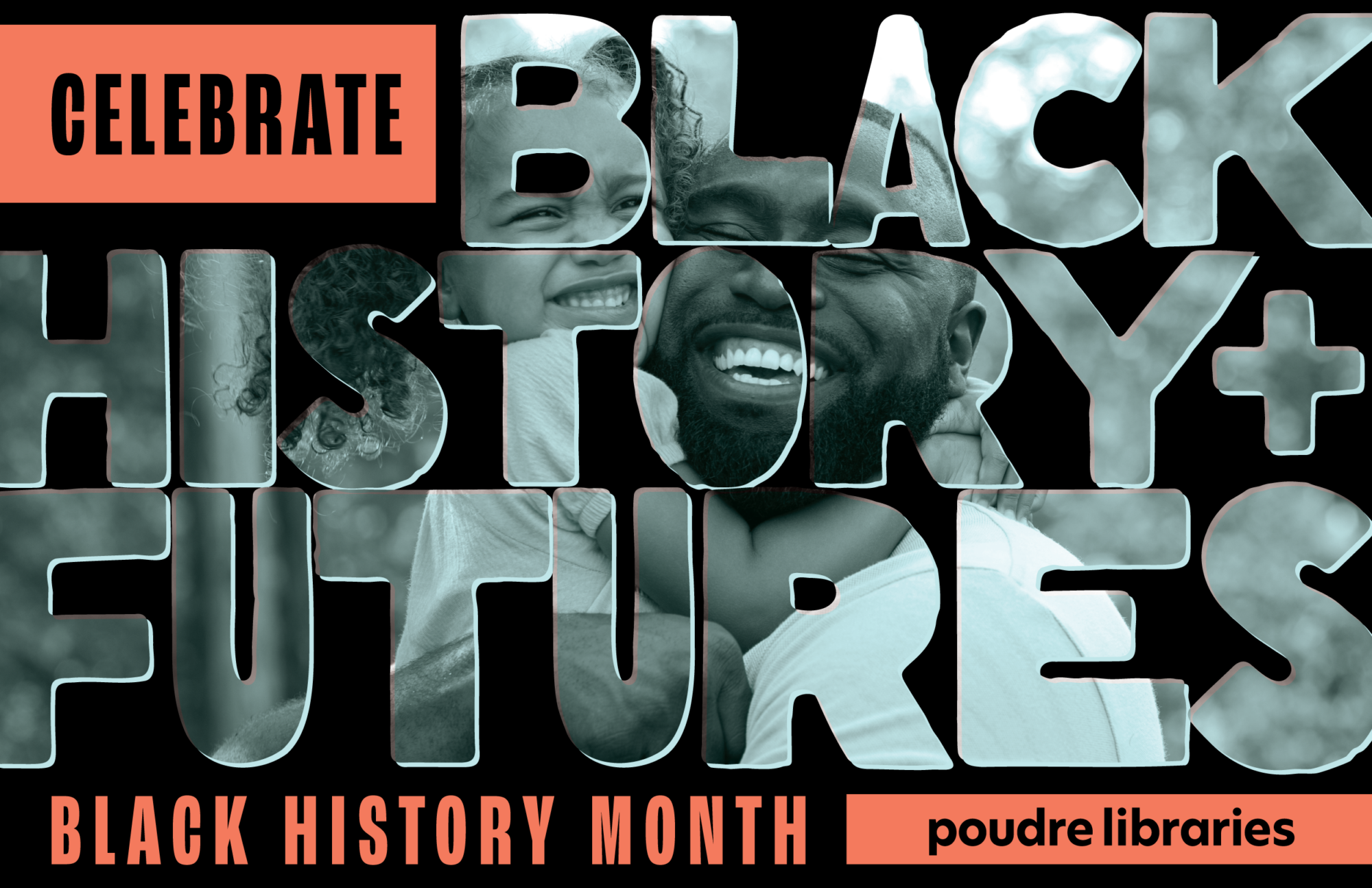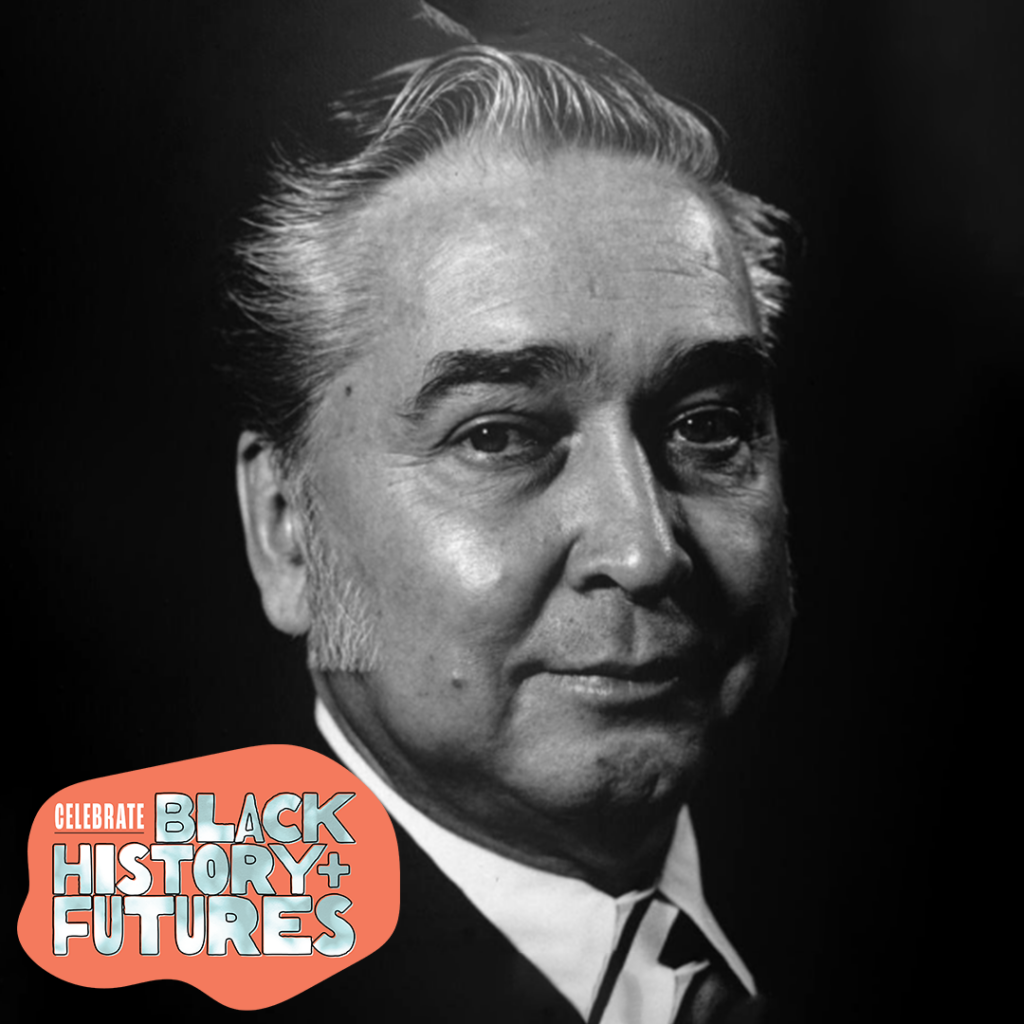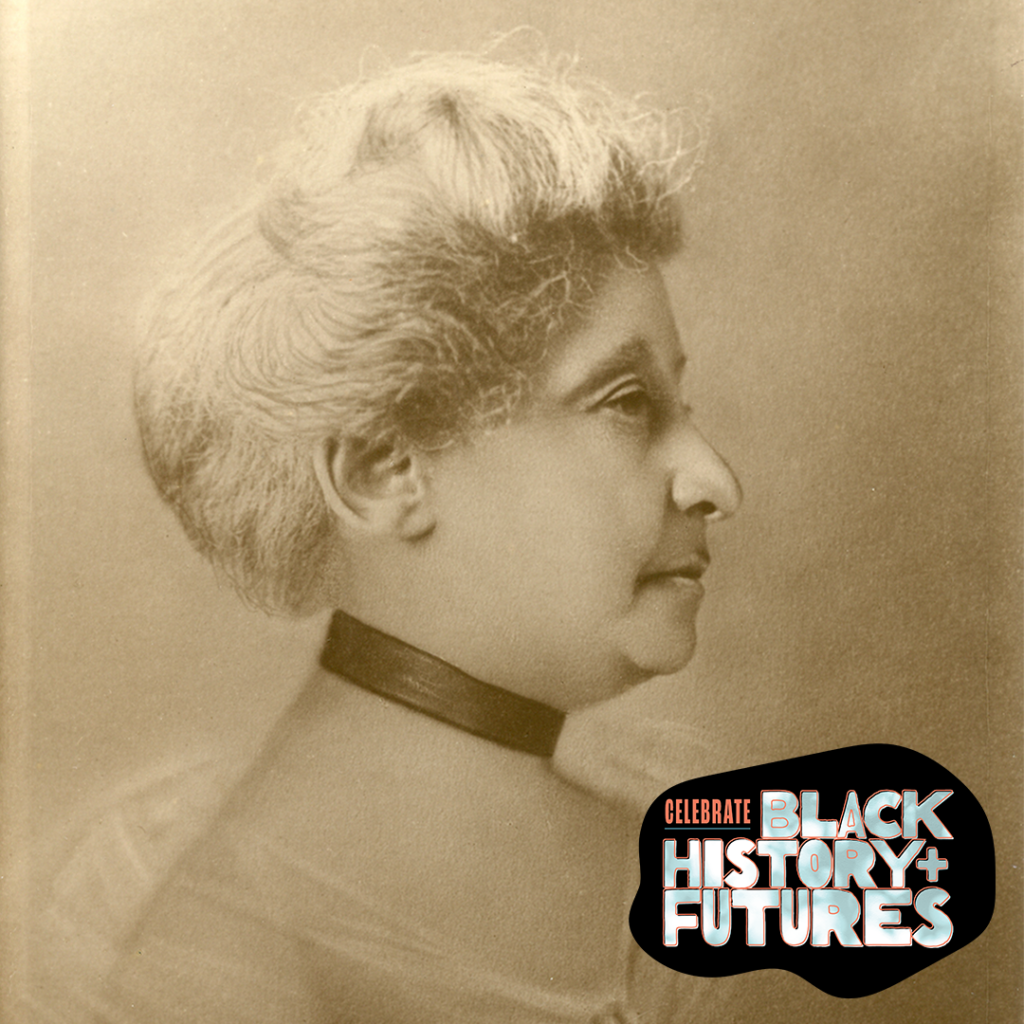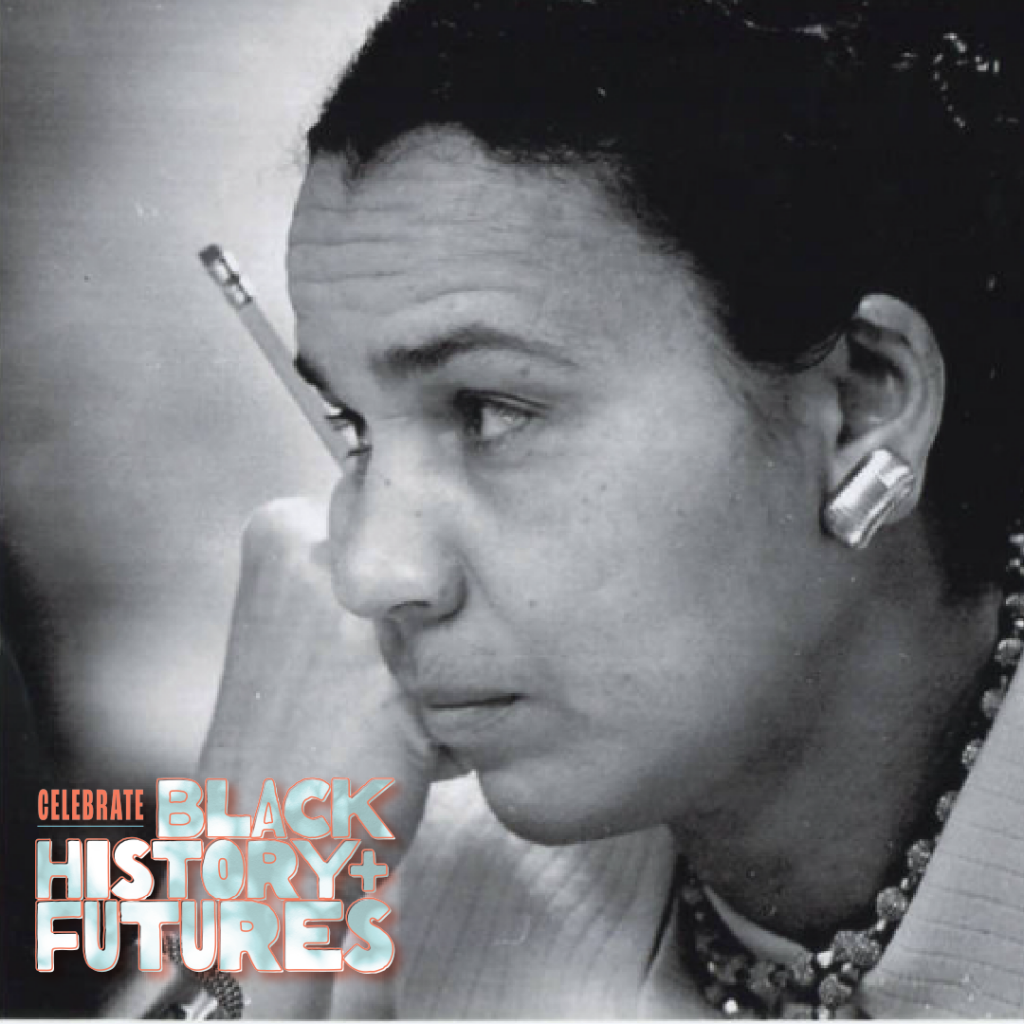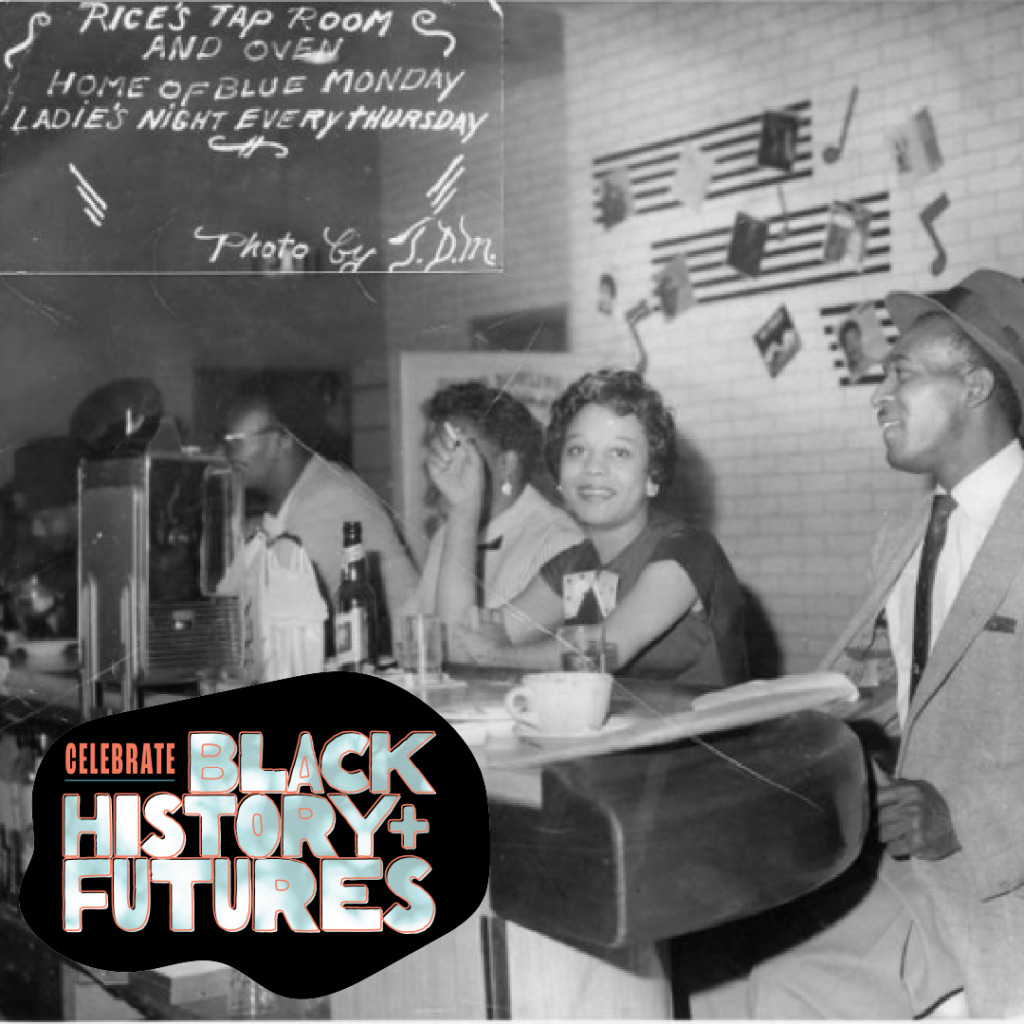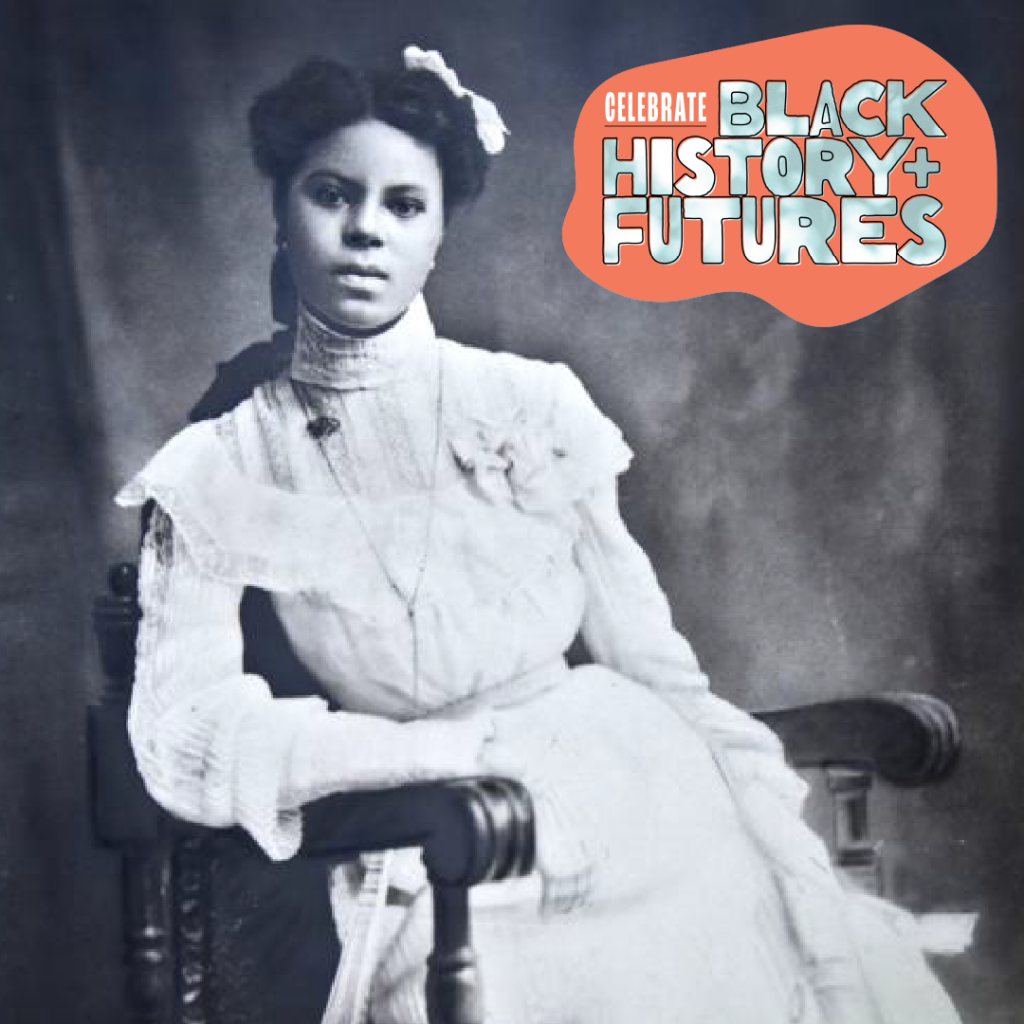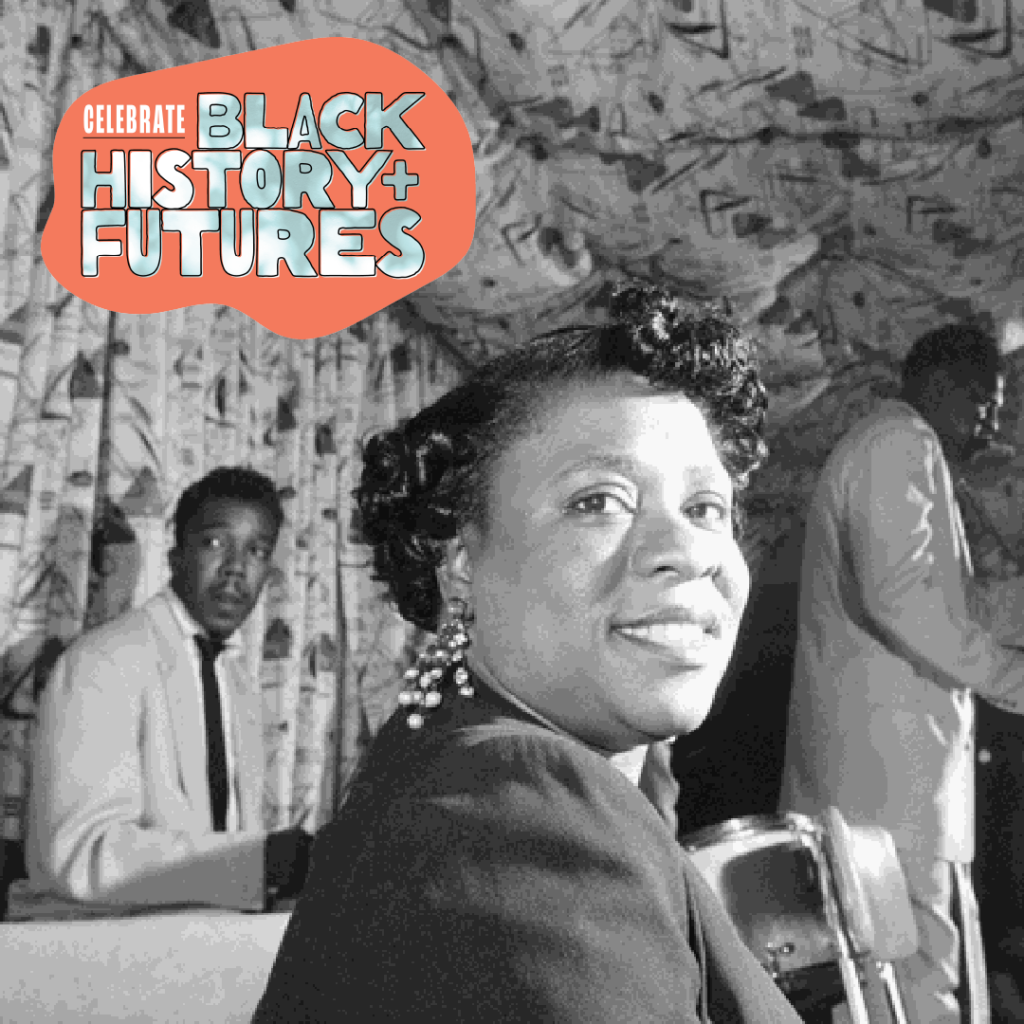Colorado Black History & Book Choices
It’s Black History Month! This month, we celebrate black futures and honor the unique contributions of Black individuals who shaped Colorado and the nation.
Elvin R. Caldwell Sr. (1919–2004)
Elvin R. Caldwell Sr. (1919–2004) was a giant of Colorado history. Born in Denver’s Five Points neighborhood, his parents protested the racial inequity that was embedded in life in Denver throughout his childhood. This inspired Elvin to pursue a political career across many positions to legislate civil rights initiatives. Until the 1970s, nonwhites were barred from serving as judges, getting promoted in the police force, and were only allowed to serve at one segregated fire station. Under Caldwell’s leadership, Colorado implemented its first Fair Employment Practices Act preventing many different types of job discrimination. In 1980, he became the first black member of a Denver mayoral cabinet. Caldwell was a successful businessman, an active philanthropist, and a tireless activist. Today, both the Elvin R. Caldwell Community Service Plaza and the Blair-Caldwell African American Research Library in Denver bear his name, forever recording his history.
Elvin R. Caldwell Sr. (1919-2004) fue un gigante de la historia de Colorado. Nacido en el vecindario Five Points de Denver, sus padres protestaron contra la desigualdad racial arraigada en la vida en Denver durante su infancia. Esto inspiró a Elvin a seguir una carrera política en distintos puestos para legislar iniciativas de derechos civiles. Hasta la década de 1970, las personas que no fueran blancas tenían prohibido servir como jueces, obtener ascensos en la fuerza policial y solo se les permitía servir en una estación de bomberos segregada. Bajo el liderazgo de Caldwell, Colorado implementó su primera Ley de Prácticas Justas de Empleo que previene muchos tipos diferentes de discriminación laboral. En 1980, se convirtió en el primer miembro negro del gabinete de la alcaldía de Denver. Caldwell fue un exitoso hombre de negocios, un filántropo activo y un activista incansable. En la actualidad, tanto la Plaza de Servicio Comunitario Elvin R. Caldwell como la Biblioteca de Investigación Afroamericana Blair-Caldwell en Denver llevan su nombre, registrando para siempre su historia.
Elizabeth Piper Ensley (1847–1919)
Did you know that Colorado was the second state in the nation to formally allow women to vote? Elizabeth Piper Ensley (1847–1919,) was instrumental in this historic event that has lasting effects for every Coloradoan today. The daughter of formerly enslaved people and abolitionists, she was a passionate advocate for women’s rights and racial equity. She was a leader for the national women’s suffragette movement at both a state and national level. She served in multiple organizations centered on social issues and founded the Association of Colored Women’s Clubs to connect activists across the state in 1904. Elizabeth was also instrumental in the campaign of Joseph Stuart, Colorado’s first black legislator. Elizabeth died on February 23, 1919, while living in Arvada, Colorado.
¿Sabías que Colorado fue el segundo estado del país en permitir formalmente el voto de las mujeres? Elizabeth Piper Ensley (1847–1919) jugó un papel decisivo en este evento histórico que tiene efectos duraderos para todos los habitantes de Colorado en la actualidad. Hija de abolicionistas y ex esclavos, fue una apasionada defensora de los derechos de las mujeres y la equidad racial. Fue líder del movimiento nacional de sufragistas femeninas tanto a nivel estatal como nacional. Trabajó en múltiples organizaciones centradas en temas sociales y fundó la Asociación de Clubes de Mujeres de Color para conectar a activistas de todo el estado en 1904. Elizabeth también jugó un papel decisivo en la campaña de Joseph Stuart, el primer legislador negro de Colorado.
Rachel B. Noel (1918–2008)
Rachel B. Noel, a trailblazing figure in education and civil rights, transformed the city of Denver. The first Black woman elected to public office in Colorado, Rachel served on Denver’s Board of Education beginning in 1965. Noel formed a committee that discovered de facto segregation (segregation not written in law) across the district, leading her to write and pass the 1968 Noel Resolution. Though repealed the following year, it sparked a Supreme Court case in 1973, which found Denver Public Schools guilty. The court mandated immediate integration, eventually enforcing it through mandatory busing, which incited community backlash including the bombing of a DPS bus depot. Despite challenges, Rachel and her community successfully integrated DPS. Beyond the school board, she played a key role in desegregating the Denver Girl Scouts and earned various accolades, including the 1990 Martin Luther King, Jr. Humanitarian Award, a place in the Colorado Women’s Hall of Fame, and was named Top 100 Citizens of the 20th Century from Rocky Mountain News. Noel also formed the African American Studies Department at Metropolitan State University among countless other achievements throughout her life. A stained-glass window in the Colorado State Capitol immortalizes her incredible dedication to making Colorado a better state.
Rachel B. Noel, una figura pionera en educación y derechos civiles, transformó la ciudad de Denver. Rachel, la primera mujer negra elegida para un cargo público en Colorado, formó parte de la Junta de Educación de Denver a partir de 1965. Noel formó un comité que descubrió la segregación de facto (segregación no escrita en la ley) en todo el distrito, lo que la llevó a redactar y aprobar la Resolución Noel de 1968. Aunque fue derogada al año siguiente, provocó un caso de la Corte Suprema en 1973, que declaró culpables a las Escuelas Públicas de Denver. El tribunal ordenó la integración inmediata, finalmente haciéndola cumplir a través de transporte obligatorio en autobús. Esto incitó la reacción de la comunidad, incluyendo el bombardeo de un depósito de autobuses de DPS. A pesar de los desafíos, Rachel y su comunidad integraron el DPS con éxito. Más allá de la junta escolar, desempeñó un papel clave en la eliminación de la segregación de las Girl Scouts de Denver y ganó varios galardones, incluido el Premio Humanitario Martin Luther King, Jr. de 1990, un lugar en el Salón de la Fama de las Mujeres de Colorado, y fue nombrada una de las 100 mejores ciudadanas del Siglo XX por Rocky Mountain News. Noel también formó el Departamento de Estudios Afroamericanos de la Universidad Estatal Metropolitana, entre otros innumerables logros a lo largo de su vida. Una vidriera en el Capitolio del Estado de Colorado inmortaliza su increíble dedicación por hacer de Colorado un estado mejor.
Five Points Neighborhood
Have you visited the RiNo (River North) Arts District in Denver? This trendy, newly revitalized area of Denver is part of the historic Five Points District which was home to a thriving Black community in the early 1900s. Once called the “Harlem of the West” the Five Points area was known for its music and thriving community. Five Points developed rapidly alongside the silver rush in Colorado and became home to businesses and institutions that helped to establish the area’s character. These included the Zion Baptist Church, the state’s oldest African American congregation. By the 1920s over 90% of Denver’s African American population resided in Five Points and the neighboring Whittier neighborhood. The neighborhood and its way of life were threatened by the rise of the Ku Klux Klan in the early 1900s but continued to build its strength and resilience with the establishment of the Denver chapter of the NAACP. Well into the 1950s, the neighborhood was the center of Denver’s Black community until desegregation opened doors for families to move into other communities which led the area’s population to decline. Today, Five Points is still home to important cultural, religious, and social institutions including Zion Baptist Church.
¿Has visitado el Distrito Artístico RiNo (River North) en Denver? Esta moderna y recién revitalizada zona de Denver es parte del histórico distrito Five Points, que fue el hogar de una próspera comunidad negra a principios del siglo XX. Una vez llamado el “Harlem del Oeste”, el área de Five Points era conocida por su música y su próspera comunidad. Five Points se desarrolló rápidamente junto con la fiebre de la plata en Colorado y se convirtió en el hogar de empresas e instituciones que ayudaron a establecer el carácter de la zona. Estas incluían la Iglesia Bautista Zion, la congregación afroamericana más antigua del estado. En la década de 1920, más del 90 % de la población afroamericana de Denver residía en Five Points y en el vecino barrio de Whittier. El vecindario y su forma de vida se vieron amenazados por el ascenso del Ku Klux Klan a principios de la década de 1900, pero continuaron construyendo su fuerza y resiliencia con el establecimiento del capítulo de Denver de la NAACP. Hasta bien entrada la década de 1950, el vecindario fue el centro de la comunidad negra de Denver hasta que la desegregación abrió las puertas para que las familias se mudaran a otras comunidades, lo que disminuyó la población de la zona. Hoy en día, Five Points sigue siendo el hogar de importantes instituciones culturales, religiosas y sociales, incluida la Iglesia Bautista Zion.
Lucile Berkeley Buchanan (1884–1989)
Lucile Berkeley Buchanan (1884–1989) was a champion of education her entire life. Facing countless barriers as a black woman born in the late 1800s to formerly enslaved parents, Lucile became the first African American graduate of Colorado’s State Normal School (now the University of Northern Colorado) with a teaching certificate. At the time, women pursuing higher education, particularly women of color, defied all societal norms and expectations. After graduation, she faced racial discrimination and was denied permanent positions across the state. Despite this, she went on to earn a bachelor’s degree from the University of Colorado in 1918, becoming the first recorded black woman to graduate from the school. Eventually, her job search was successful with the help of her pastor at Zion Baptist Church who secured her a full-time job teaching at a segregated school in Arkansas. She went on to teach in segregated schools in Kansas City and Chicago. Buchanan later returned to Denver and retired in 1949. She lived in the Barnum neighborhood of Denver for another 40 years, dying at 105 in 1989. She is buried in Denver’s Fairmount Cemetery. Her contributions extend beyond her lifetime and achievements that inspired generations.
Lucile Berkeley Buchanan (1884-1989) fue una campeona de la educación toda su vida. Frente a innumerables barreras como una mujer negra nacida a finales del siglo XIX con padres anteriormente esclavizados, Lucile se convirtió en la primera graduada afroamericana de la Escuela Normal Estatal de Colorado (ahora la Universidad del Norte de Colorado) con un certificado de maestra. En ese momento, las mujeres que cursaban educación superior, en particular las mujeres de color, desafiaban todas las normas y expectativas de la sociedad. Después de graduarse, se enfrentó a discriminación racial y se le negaron puestos permanentes en todo el estado. A pesar de esto, obtuvo una licenciatura de la Universidad de Colorado en 1918, convirtiéndose en la primera mujer negra registrada en graduarse de la escuela. Eventualmente, su búsqueda de trabajo fue exitosa con la ayuda de su pastor en la Iglesia Bautista de Zion, que le aseguró un trabajo a tiempo completo enseñando en una escuela segregada en Arkansas. Pasó a enseñar en escuelas segregadas en Kansas City y Chicago. Más tarde, Buchanan regresó a Denver y se retiró en 1949. Vivió en el barrio de Barnum de Denver durante otros 40 años, muriendo a los 105 años en 1989. Está enterrada en el cementerio Fairmount de Denver. Sus contribuciones se extienden más allá de su vida y de los logros que inspiraron a las generaciones.
Fannie Mae Duncan (1918-2005)
Fannie Mae Duncan (1918-2005) was a pioneering entrepreneur and community activist. She arrived in Colorado in 1933 to Manitou Springs when she was 15 years old. Fannie built a business empire catering to the black community including the Cotton Club where jazz legends like Louis Armstrong, Duke Ellington, and Etta James performed. Local police objected to her nondiscrimination policy for guests which she fought by arguing that turning away whites would deny them their constitutional rights. The Cotton Club bore a sign that stated, “Everybody Welcome” during the rest of its time open in the city. Her bravery paved the way for the peaceful integration of Colorado Springs. She donated the first iron lung (a medical device for polio) to the city, funded numerous college educations, and cofounded philanthropic institutions like the 400 Club. Her story and achievements are remembered for generations to come as part of the Colorado Women’s Hall of Fame.
Fannie Mae Duncan (1918-2005) fue una empresaria pionera y activista comunitaria. Llegó a Colorado en 1933 a Manitou Springs cuando tenía 15 años. Fannie construyó un imperio empresarial que atendió a la comunidad negra, incluido el Cotton Club, donde actuaron leyendas del jazz como Louis Armstrong, Duke Ellington y Etta James. La policía local se opuso a su política de no discriminación para los huéspedes, contra la que luchó argumentando que rechazar a los blancos les negaría sus derechos constitucionales. El Cotton Club llevaba un cartel que decía: “Todos bienvenidos” durante el resto de su tiempo abierto en la ciudad. Su valentía allanó el camino para la integración pacífica de Colorado Springs. Donó el primer pulmón de hierro (un dispositivo médico para la polio) a la ciudad, financió numerosos estudios universitarios y cofundó instituciones filantrópicas como el 400 Club. Su historia y sus logros son recordados durante las generaciones venideras como parte del Salón de la Fama de la Mujer de Colorado.
We’ve shared the stories of incredible individuals and places from state history. Overcoming countless barriers, these individuals are integral to what life is today in Colorado. Their stories, perseverance, and achievements also remind us that they sew inspiration for the trailblazers of today. Black History Month is also about celebrating black futures. Trailblazers like those we shared this week exist all around us. From non-profits centered around celebrating black joy and building community to black business owners to advocates of all ages, it’s important to remember that Black History Month is also about celebrating black futures.
Hemos compartido las historias de personas y lugares increíbles de la historia del estado. Superando innumerables barreras, estas personas son parte integral de lo que es la vida hoy en Colorado. Sus historias, perseverancia y logros también nos recuerdan que se inspiran para los pioneros de hoy. Desde organizaciones sin fines de lucro centradas en la celebración de la alegría afroamericana y la construcción de una comunidad hasta propietarios de negocios negros y defensores de todas las edades, es importante recordar que el Mes de la Historia Afroamericana también se trata de celebrar el futuro de los negros.
Find lists of contemporary and classic reads for Black History Month below.
Black History Month Book Choices for Adults
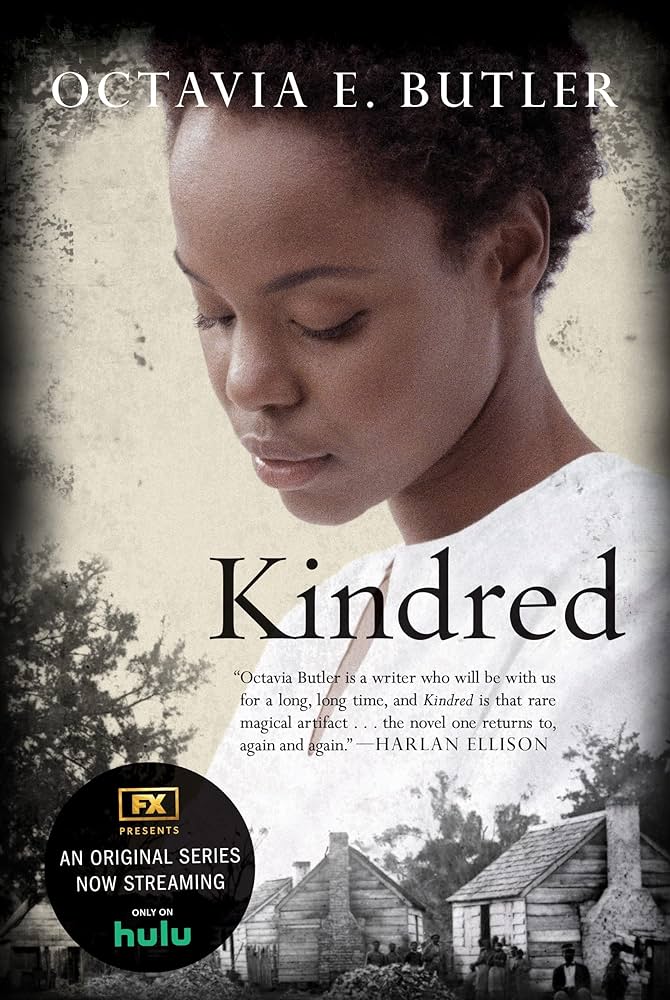
Kindred by Octavia Butler
From the New York Times bestselling author of Parable of the Sower and MacArthur “Genius” Grant, Nebula, and Hugo award winner comes a visionary time-travel classic whose Black female hero is pulled through time to face the horrors of American slavery and explores the impacts of racism, sexism, and white supremacy then and now. Dana’s torment begins when she suddenly vanishes on her 26th birthday from California, 1976, and is dragged through time to antebellum Maryland to rescue a boy named Rufus, heir to a slaveowner’s plantation. She soon realizes the purpose of her summons to the past: protect Rufus to ensure his assault of her Black ancestor so that she may one day be born. As she endures the traumas of slavery and the soul-crushing normalization of savagery, Dana fights to keep her autonomy and return to the present. Blazing the trail for neo-slavery narratives like Colson Whitehead’s The Underground Railroad and Ta-Nehisi Coates’s The Water Dancer, Butler takes one of speculative fiction’s oldest tropes and infuses it with lasting depth and power.
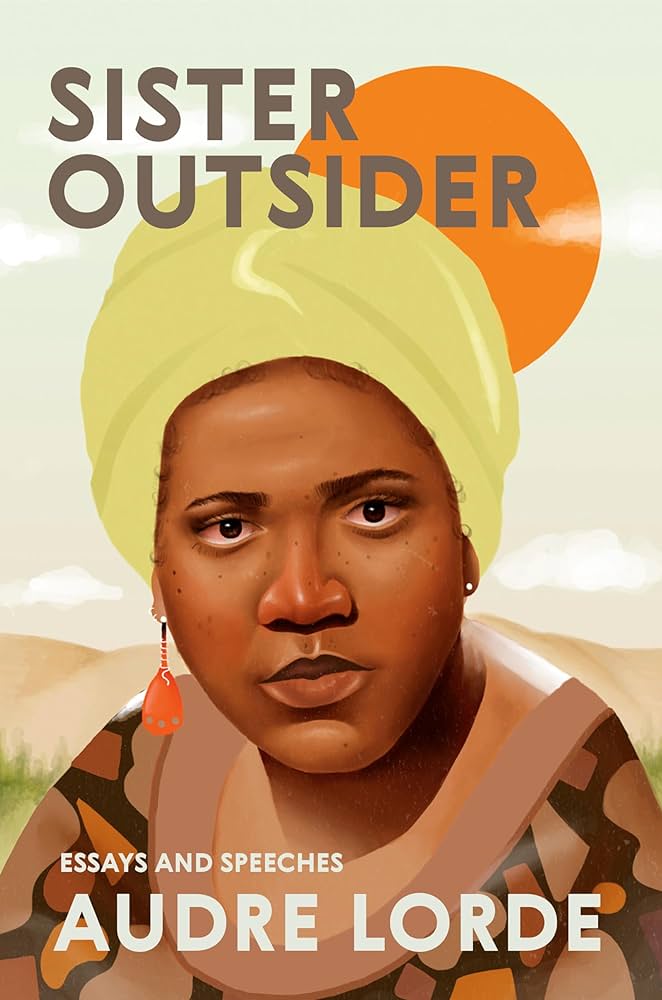
Sister Outsider by Audre Lorde
At once a searing indictment of a racist, patriarchal society and a manual for claiming an intersectional identity, Sister Outsider is a comprehensive collection of the lauded poet and writer Audre Lorde’s most famous and influential works of nonfiction prose. Sister Outsider depicts the idea of “difference”–whether through race, gender, or sexuality–as a powerful tool for empowerment that can be used as a catalyst for change. Throughout the fifteen essays and speeches that comprise the volume, Lorde asserts that because she is a black, queer woman, she is considered an outsider, but that it is precisely her outsider perspective that allows her to see the various layers of identity-based oppression. A pioneer of intersectional feminism, Sister Outsider encourages the reader to embrace their difference and weaponize it for change, a once-radical 20th-century idea that has become a full-blown movement today.
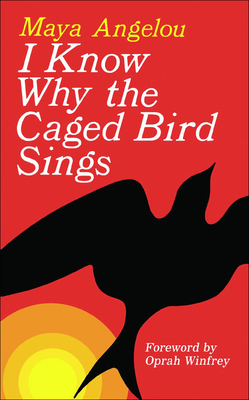
I Know Why the Caged Bird Sings by Maya Angelou
Here is a book as joyous and painful, as mysterious and memorable, as childhood itself. I Know Why the Caged Bird Sings captures the longing of lonely children, the brute insult of bigotry, and the wonder of words that can make the world right. Maya Angelou’s debut memoir is a modern American classic beloved worldwide. Sent by their mother to live with their devout, self-sufficient grandmother in a small Southern town, Maya and her brother, Bailey, endure the ache of abandonment and the prejudice of the local “powhitetrash.” At eight years old and back at her mother’s side in St. Louis, Maya is attacked by a man many times her age—and has to live with the consequences for a lifetime. Years later, in San Francisco, Maya learns that love for herself, the kindness of others, her own strong spirit, and the ideas of great authors (“I met and fell in love with William Shakespeare”) will allow her to be free instead of imprisoned.
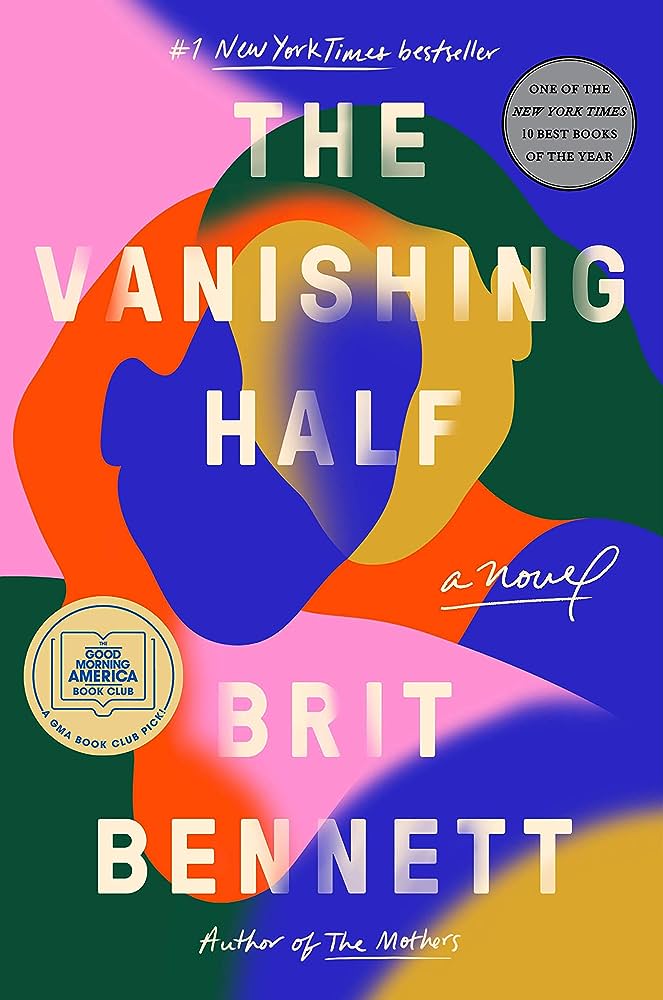
The Vanishing Half by Brit Bennet
The Vignes twin sisters will always be identical. But after growing up together in a small, southern black community and running away at age sixteen, it’s not just the shape of their daily lives that is different as adults, it’s everything: their families, their communities, their racial identities. Ten years later, one sister lives with her black daughter in the same southern town she once tried to escape. The other secretly passes for white, and her white husband knows nothing of her past. Still, even separated by so many miles and just as many lies, the fates of the twins remain intertwined. What will happen to the next generation, when their own daughters’ storylines intersect? Weaving together multiple strands and generations of this family, from the Deep South to California, from the 1950s to the 1990s, Brit Bennett produces a story that is at once a riveting, emotional family story and a brilliant exploration of the American history of passing. Looking well beyond issues of race, The Vanishing Half considers the lasting influence of the past as it shapes a person’s decisions, desires, and expectations.
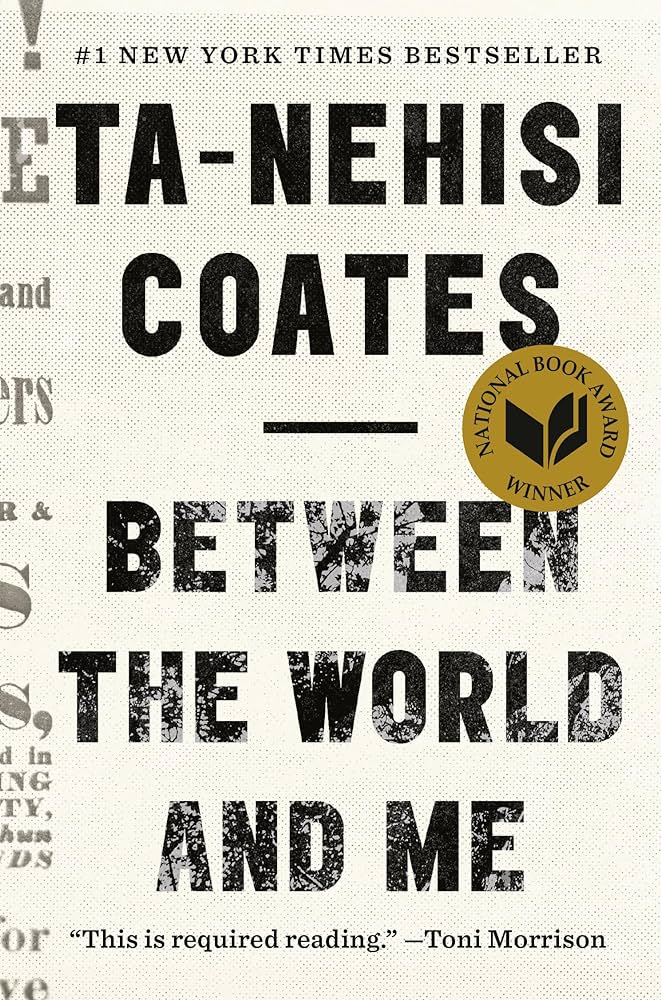
Between the World and Me by Ta-nehisi Coates
For Ta-Nehisi Coates, history has always been personal. At every stage of his life, he’s sought in his explorations of history answers to the mysteries that surrounded him — most urgently, why he, and other black people he knew, seemed to live in fear. What were they afraid of?
In Between the World and Me, author and award-winning journalist Ta-Nehisi Coates pulls back the curtain and allows us to see the black condition in America today. We see how policies and culture have given them an unfair horizontal trajectory.
Coates wrote this book as a letter to his teenage son. He reveals a life of fear that is part of black people’s everyday life because the system that should protect them falls woefully short. The message he has is simple, “In America, it is traditional to destroy the black body – it is heritage.”
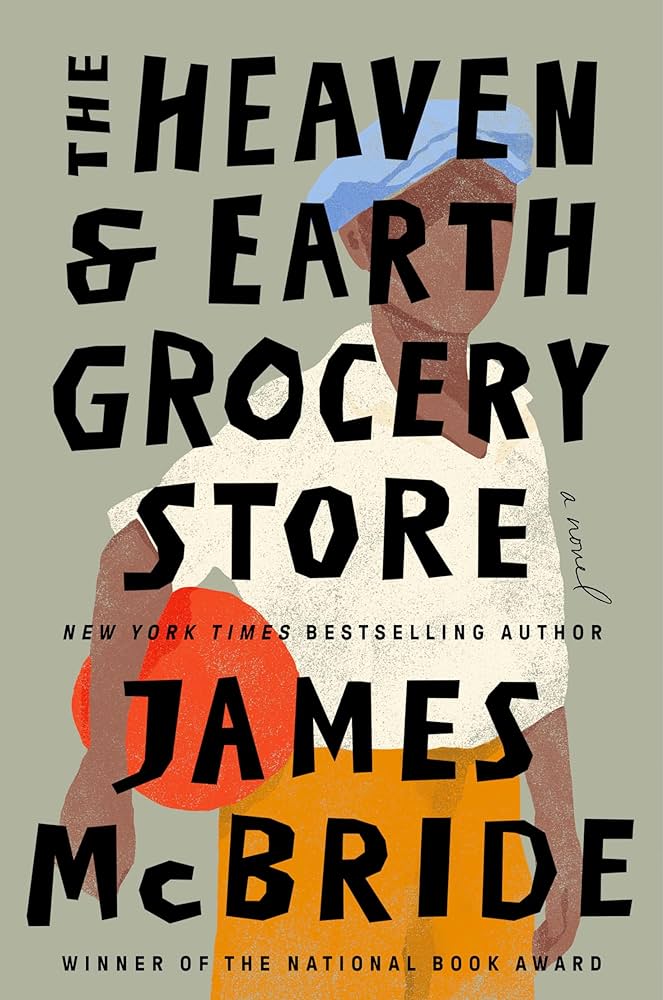
The Heaven & Earth Grocery Store by James McBride
In 1972, when workers in Pottstown, Pennsylvania, were digging the foundations for a new development, the last thing they expected to find was a skeleton at the bottom of a well. Who the skeleton was and how it got there were two of the long-held secrets kept by the residents of Chicken Hill, the dilapidated neighborhood where immigrant Jews and African Americans lived side by side and shared ambitions and sorrows. Chicken Hill was where Moshe and Chona Ludlow lived when Moshe integrated his theater and where Chona ran the Heaven & Earth Grocery Store. When the state came looking for a deaf boy to institutionalize him, it was Chona and Nate Timblin, the Black janitor at Moshe’s theater and the unofficial leader of the Black community on Chicken Hill, who worked together to keep the boy safe.
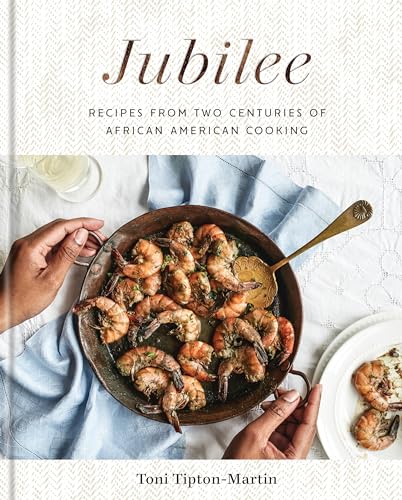
Jubilee: Recipes from Two Centuries of African-American Cooking by Toni Tipton-Martin
Throughout her career, Toni Tipton-Martin has shed new light on the history, breadth, and depth of African American cuisine. She’s introduced us to black cooks, some long forgotten, who established much of what’s considered to be our national cuisine. After all, if Thomas Jefferson introduced French haute cuisine to this country, who do you think actually cooked it? In Jubilee, Tipton-Martin brings these masters into our kitchens. Through recipes and stories, we cook along with these pioneering figures, from enslaved chefs to middle- and upper-class writers and entrepreneurs. With more than 100 recipes, from classics such as Sweet Potato Biscuits, Seafood Gumbo, to lesser-known but even more decadent dishes like Bourbon & Apple Hot Toddies, Spoon Bread, and Glazed Baked Ham, Jubilee presents techniques, ingredients, and dishes that show the roots of African American cooking–deeply beautiful, culturally diverse, fit for celebration.
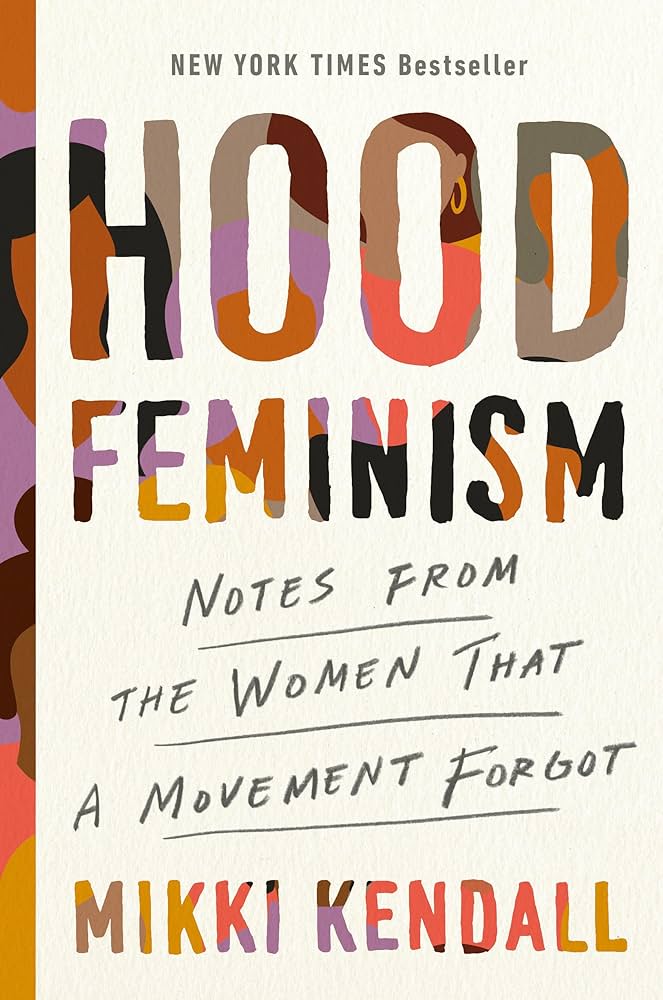
Hood Feminism: Notes from the Women that a Movement Forgot by Mikki Kendall
In her searing collection of essays, Mikki Kendall takes aim at the legitimacy of the modern feminist movement arguing that it has chronically failed to address the needs of all but a few women. Drawing on her own experiences with hunger, violence, and hypersexualization, along with incisive commentary on politics, pop culture, the stigma of mental health, and more, Hood Feminism delivers an irrefutable indictment of a movement in flux. An unforgettable debut, Kendall has written a ferocious clarion call to all would-be feminists to live out the true mandate of the movement in thought and in deed.
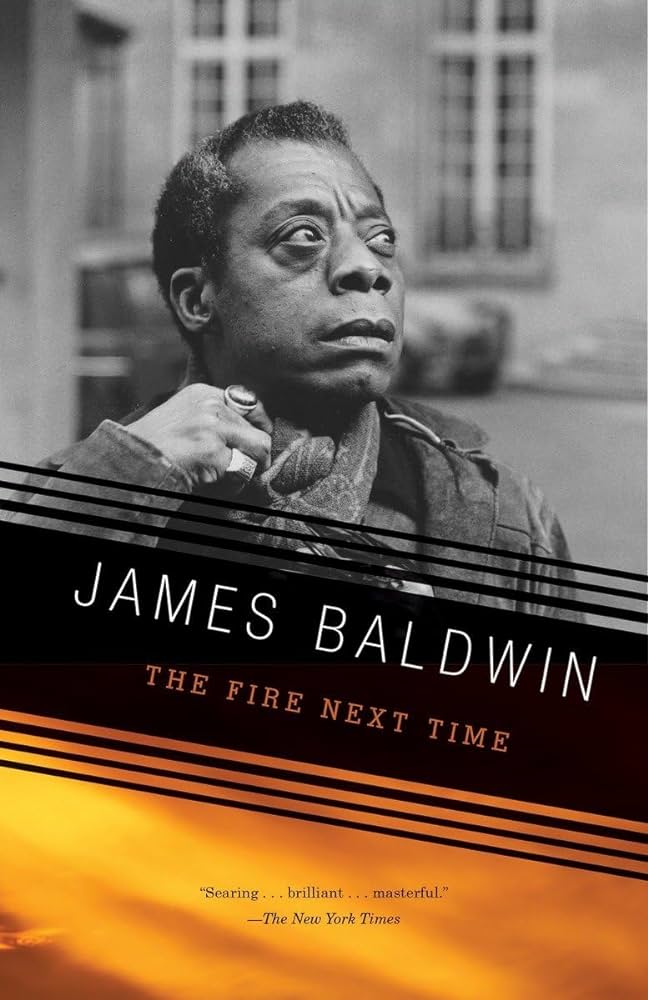
The Fire Next Time by James Baldwin
A national bestseller when it first appeared in 1963, The Fire Next Time galvanized the nation, gave passionate voice to the emerging civil rights movement – and still lights the way to understanding race in America today. At once a powerful evocation of James Baldwin’s early life in Harlem and a disturbing examination of the consequences of racial injustice, the book is an intensely personal and provocative document from the iconic author of If Beale Street Could Talk and Go Tell It on the Mountain. It consists of two “letters,” written on the occasion of the centennial of the Emancipation Proclamation, that exhort Americans, both black and white, to attack the terrible legacy of racism. Described as “sermon, ultimatum, confession, deposition, testament, and chronicle…all presented in searing, brilliant prose, The Fire Next Time stands as a classic of literature.
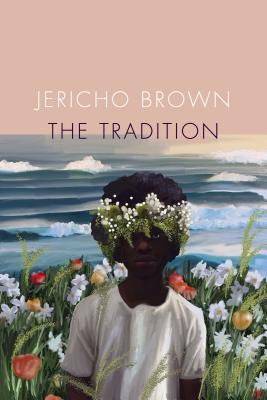
The Tradition by Jericho Brown
Jericho Brown’s daring new book The Tradition details the normalization of evil and its history at the intersection of the past and the personal. Brown’s poetic concerns are both broad and intimate, and at their very core a distillation of the incredibly human: What is safety? Who is this nation? Where does freedom truly lie? Brown makes mythical pastorals to question the terrors to which we’ve become accustomed, and to celebrate how we survive. Poems of fatherhood, legacy, blackness, queerness, worship, and trauma are propelled into stunning clarity by Brown’s mastery, and his invention of the duplex–a combination of the sonnet, the ghazal, and the blues–testament to his formal skill. The Tradition is a cutting and necessary collection, relentless in its quest for survival while reveling in a celebration of contradiction.
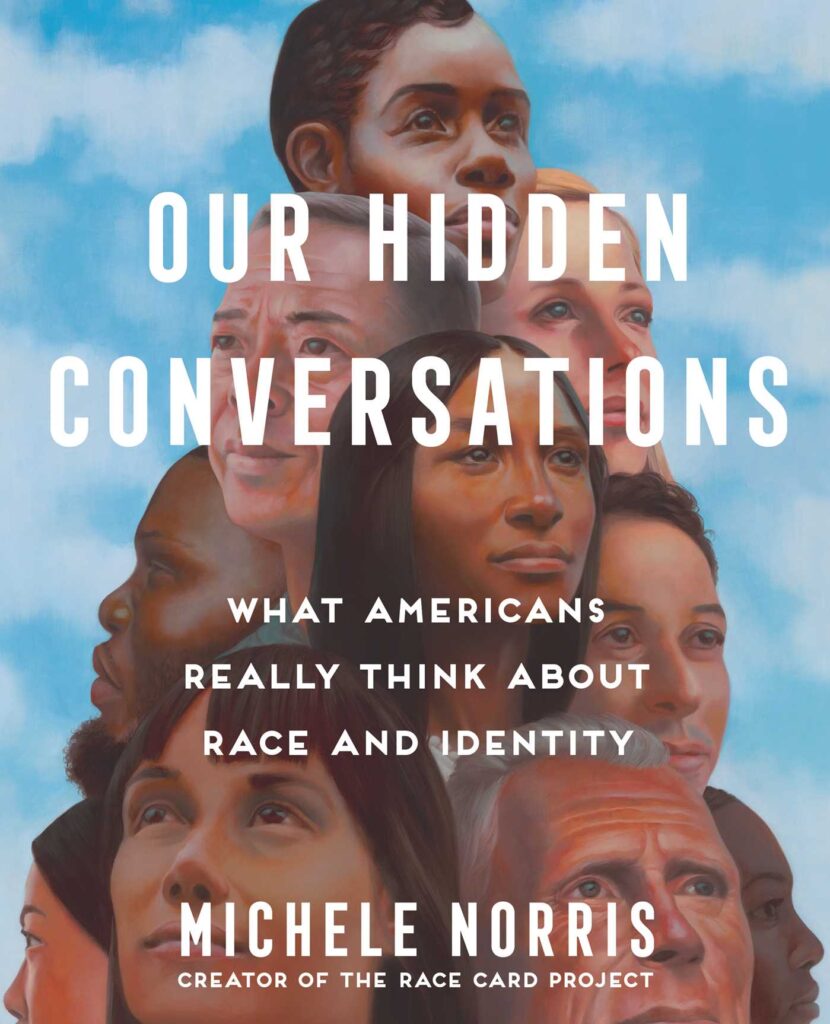
Our Hidden Conversations: What Americans Really Think about Race and Identity by Michele Norris
A unique compilation of stories, richly reported essays, and photographs providing a window into America during a tumultuous era. This powerful book offers an honest, if sometimes uncomfortable, conversation about race and identity, permitting us to eavesdrop on deep-seated thoughts, private discussions, and long-submerged memories.
Black History Month Book Choices for Young Adults
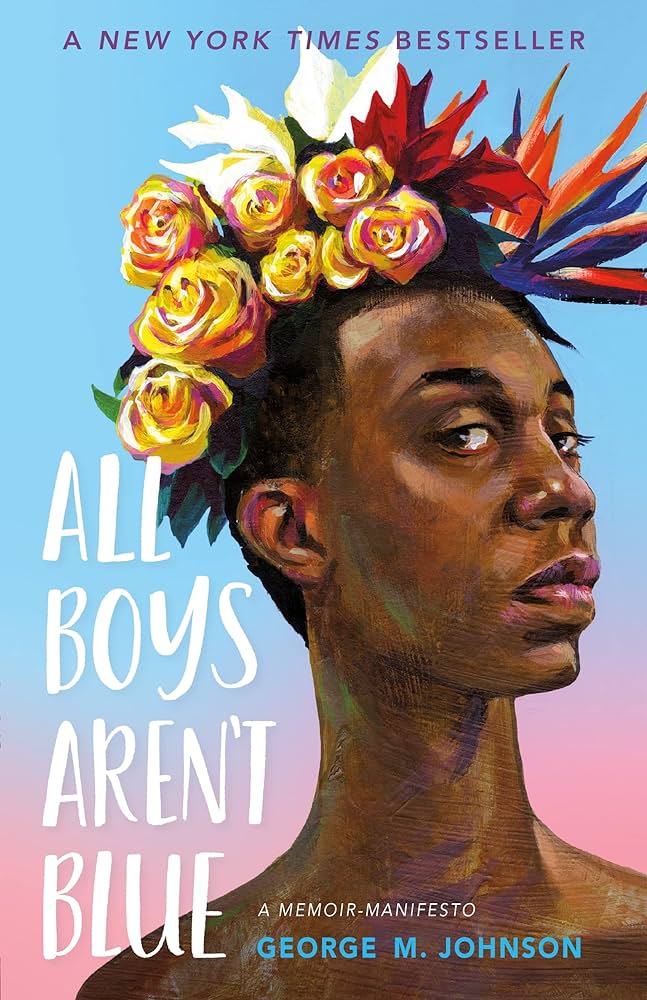
All Boys Aren’t Blue by George M. Johnson
From the memories of getting his teeth kicked out by bullies at age five, to flea marketing with his loving grandmother, to his first sexual relationships, this young-adult memoir weaves together the trials and triumphs faced by Black queer boys. Both a primer for teens eager to be allies as well as a reassuring testimony for young queer men of color, All Boys Aren’t Blue covers topics such as gender identity, toxic masculinity, brotherhood, family, structural marginalization, consent, and Black joy. Johnson’s emotionally frank style of writing will appeal directly to young adults.
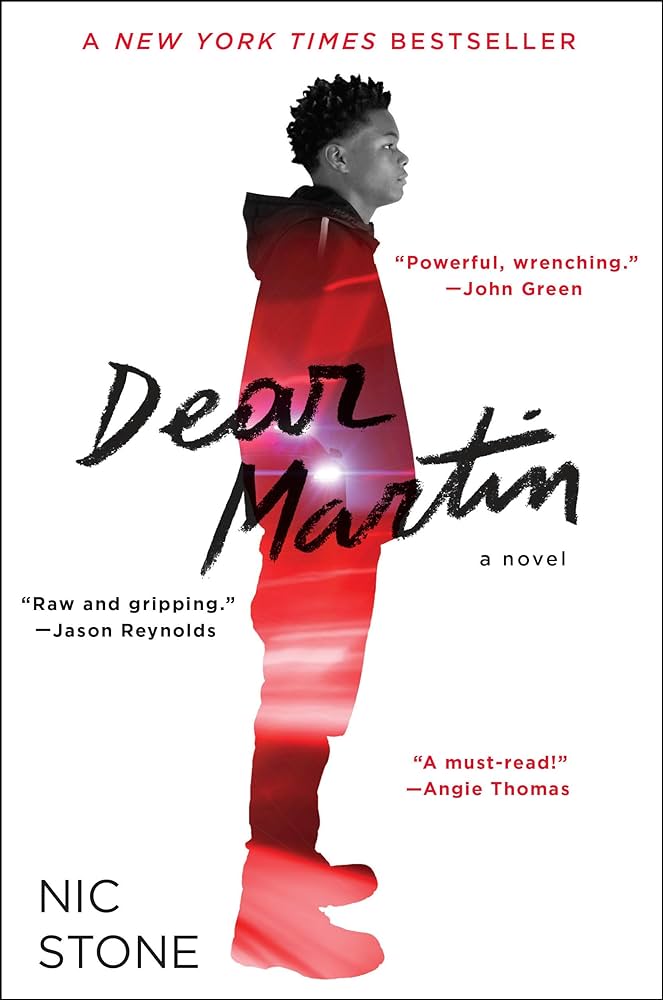
Dear Martin by Nick Stone
Justyce McAllister is a good kid, an honor student, and always there to help a friend—but none of that matters to the police officer who just put him in handcuffs. Despite leaving his rough neighborhood behind, he can’t escape the scorn of his former peers or the ridicule of his new classmates. Justyce looks to the teachings of Dr. Martin Luther King Jr. for answers. But do they hold up anymore? He starts a journal to Dr. King to find out. Then comes the day Justyce goes driving with his best friend, Manny, windows rolled down, music turned up—way up, sparking the fury of a white off-duty cop beside them. Words fly. Shots are fired. Justyce and Manny are caught in the crosshairs. In the media fallout, it’s Justyce who is under attack.
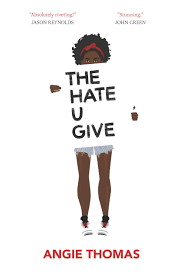
The Hate U Give by Angie Thomas
Sixteen-year-old Starr Carter moves between two worlds: the poor neighborhood where she lives and the fancy suburban prep school she attends. The uneasy balance between these worlds is shattered when Starr witnesses the fatal shooting of her childhood best friend Khalil at the hands of a police officer. Khalil was unarmed. Soon afterward, his death is a national headline. Some are calling him a thug, maybe even a drug dealer and a gangbanger. Protesters are taking to the streets in Khalil’s name. Some cops and the local drug lord try to intimidate Starr and her family. What everyone wants to know is: what really went down that night? And the only person alive who can answer that is Starr. But what Starr does or does not say could upend her community. It could also endanger her life.

March Book One, Book Two, and Book Three by John Lewis with Andrew Anydin
March is a vivid first-hand account of John Lewis’ lifelong struggle for civil and human rights, meditating in the modern age on the distance traveled since the days of Jim Crow and segregation written as a series of graphic novels. Rooted in Lewis’ personal story, it also reflects on the highs and lows of the broader civil rights movement.
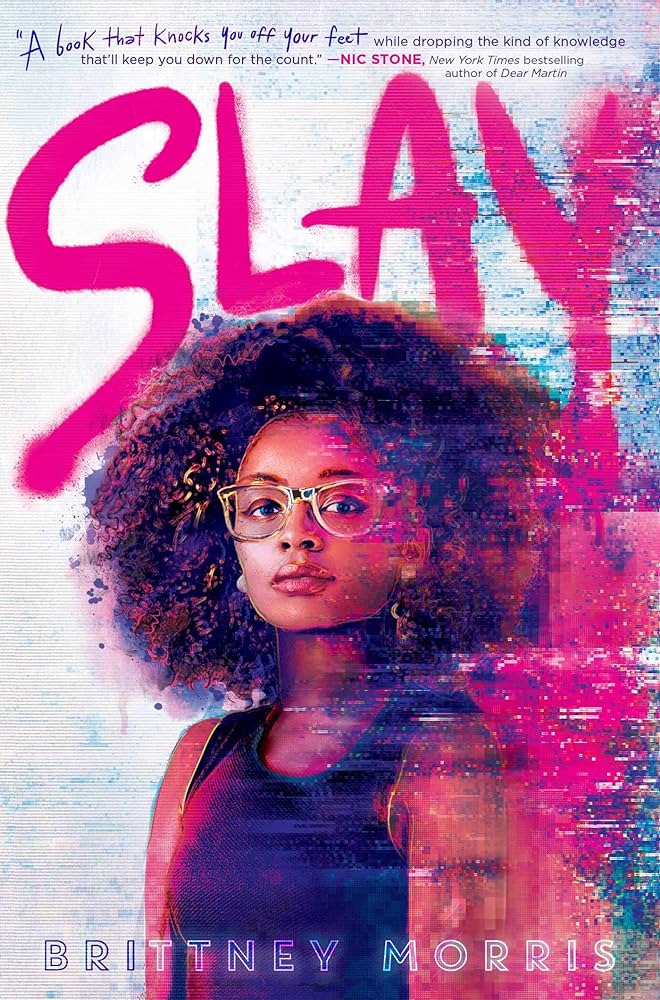
Slay by Brittney Morris
Kiera Johnson is an honors student, a math tutor, and one of the only Black kids at Jefferson Academy. But at home, she joins hundreds of thousands of Black gamers who duel worldwide as Nubian personas in the secret multiplayer online role-playing card game, SLAY. No one knows Kiera is the game developer – not her friends, not her family, not even her boyfriend, Malcolm, who believes video games are a “distraction to keep the Balck man from becoming great.” But when a teen in Kansas City is murdered over a dispute in the SLAY world, news of the game reaches mainstream media, and SLAY is labeled a racist, exclusionist, violent hub for thugs and criminals. Even worse, Kiera potentially being sued for “anti-white discrimination,” and an anonymous troll infiltrates the game, threatening to harass all the players and take over. Kiera must preserve her secret identity and harness what it means to be unapologetically Black in a world intimidated by Blackness. But can she protect her game without losing herself in the process?
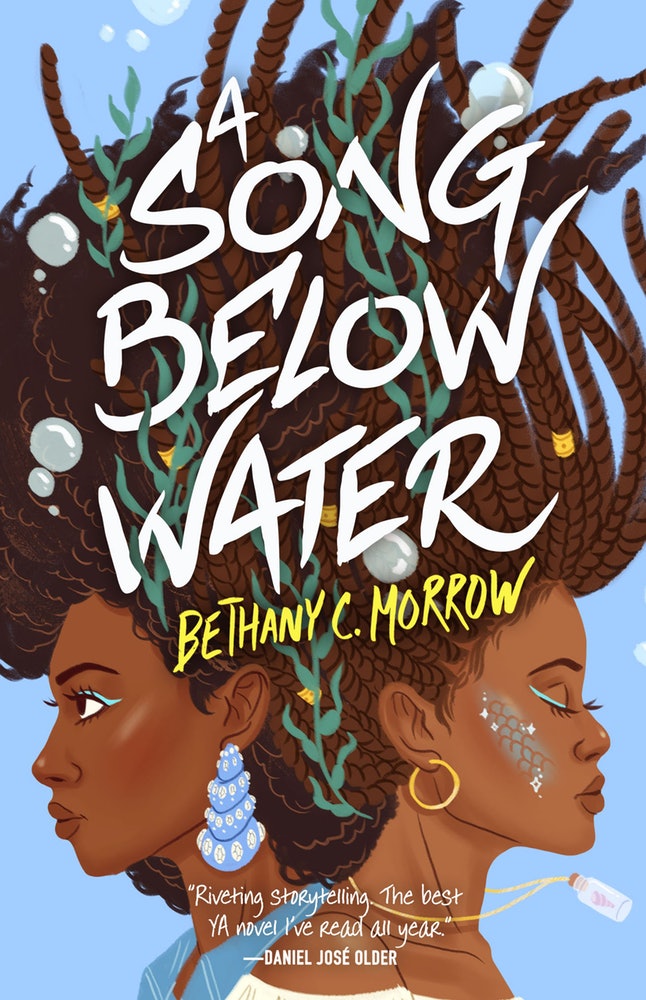
A Song Below Water by Bethany C. Morrow
In a society determined to keep her under lock and key, Tavia must hide her siren powers. Meanwhile, Effie is fighting her own family struggles, pitted against literal demons from her past. Together, these best friends must navigate through the perils of high school’s junior year. But, everything changes in the aftermath of a siren murder trial that rocks the nation, and Tavia accidentally lets out her magical voice at the worst possible moment. Soon, nothing in Portland, Oregon, seems safe. To save themselves from drowning, it’s only Tavia and Effie’s unbreakable sisterhood that proves to be the strongest magic of all.
Black History Month Book Choices for Children
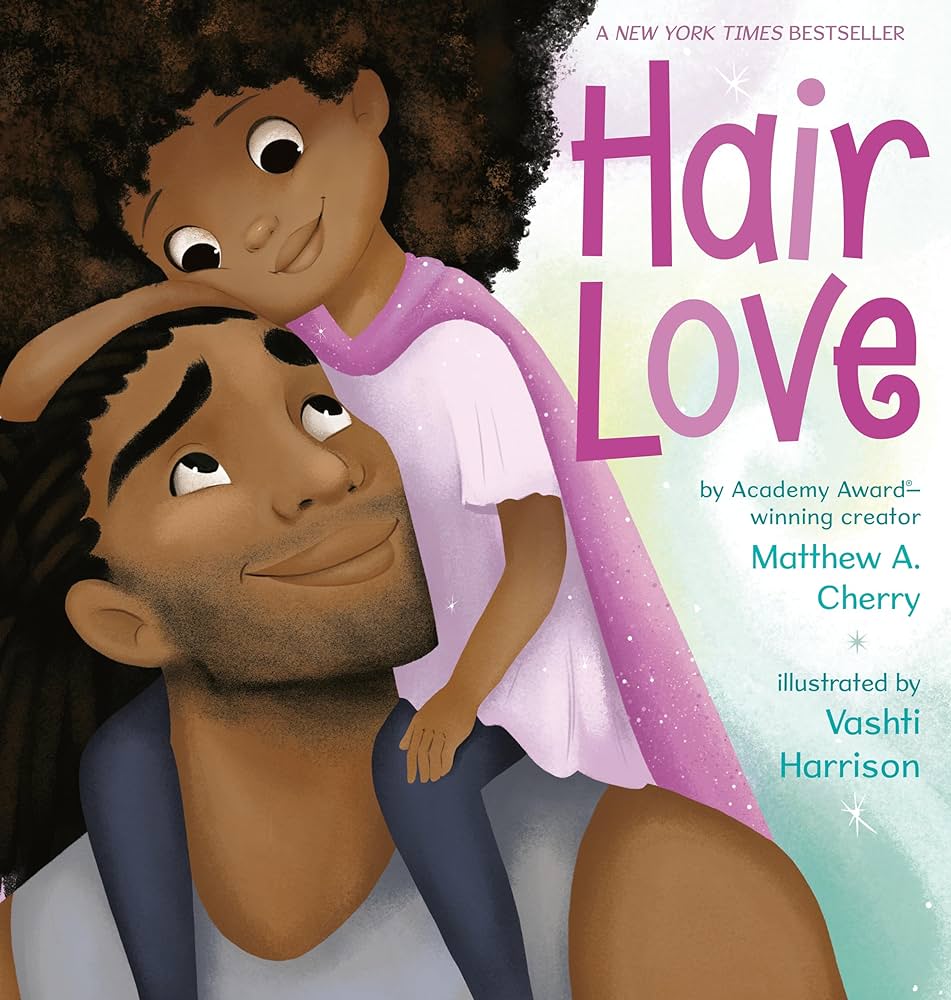
Hair Love by Matthew A. Cherry, illustrated by Vashti Harrison
Zuri’s hair has a mind of its own. It kinks, coils, and curls every which way. Zuri knows it’s beautiful. When Daddy steps in to style it for an extra special occasion, he has a lot to learn. But he LOVES his Zuri, and he’ll do anything to make her — and her hair — happy. An ode to self-confidence and the love between fathers and daughters by the former NFL wide receiver depicts an exuberant little girl whose dad helps her arrange her curly, coiling, wild hair into styles that allow her to be her natural, beautiful self. Illustrated by the award-wining artist of Little Leaders.
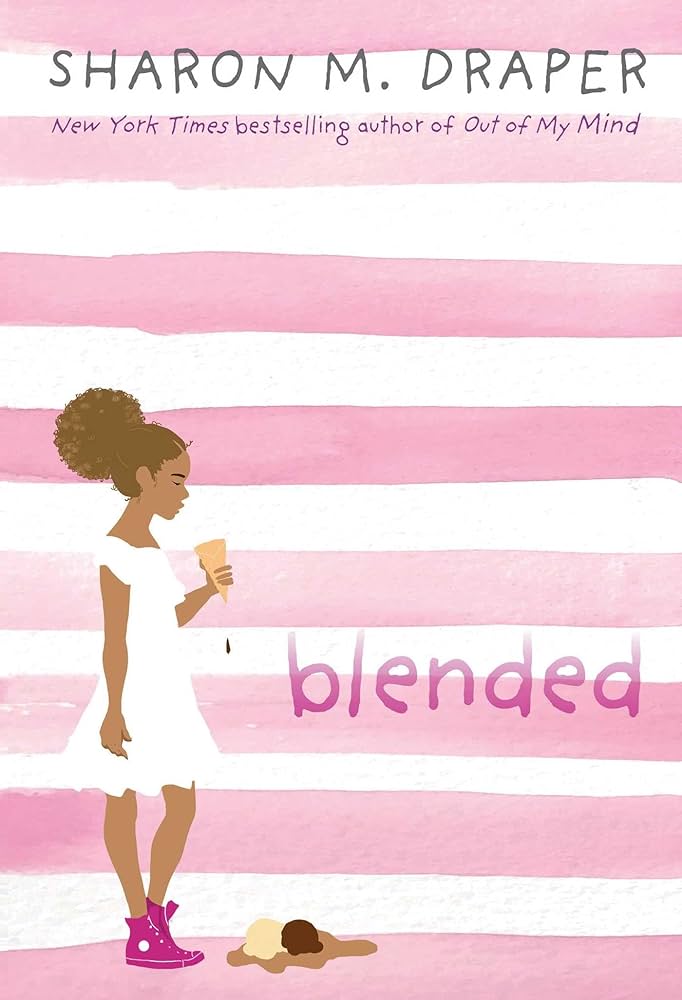
Blended by Sharon M. Draper
Eleven-year-old Isabella’s parents are divorced, so she has to switch lives every week: One week she’s Isabella with her dad, his girlfriend Anastasia, and her son Darren living in a fancy house where they are one of the only black families in the neighborhood. The next week she’s Izzy with her mom and her boyfriend John-Mark in a small, not-so-fancy house that she loves. Because of this, Isabella has always felt pulled between two worlds. Isabella feels stuck in the middle, split and divided between them than ever. She is beginning to realize that being split between Mom and Dad is more than switching houses, switching nicknames, and switching backpacks: it’s also about switching identities. Her dad is black, her mom is white, and strangers are always commenting on what she looks like. When her parents, who both get engaged at the same time, get into their biggest fight ever, Isabella doesn’t just feel divided, she feels ripped in two. What does it mean to be half-white or half-black? To belong to half mom and half dad? And if you’re only seen as half of this and half of that, how can you ever feel whole?

Crown: An Ode to the Fresh Cut by Derrick Barnes, illustrated by Gordon C. James.
This rhythmic, read-aloud title is an unbridled celebration of the self-esteem, confidence, and swagger boys feel when they leave the barber’s chair-a tradition that places on their heads a figurative crown, beaming with jewels, that confirm their brilliance and worth and helps them not only love and accept themselves but also take a giant step toward caring how they present themselves to the world. The fresh cuts. That’s where it all begins.
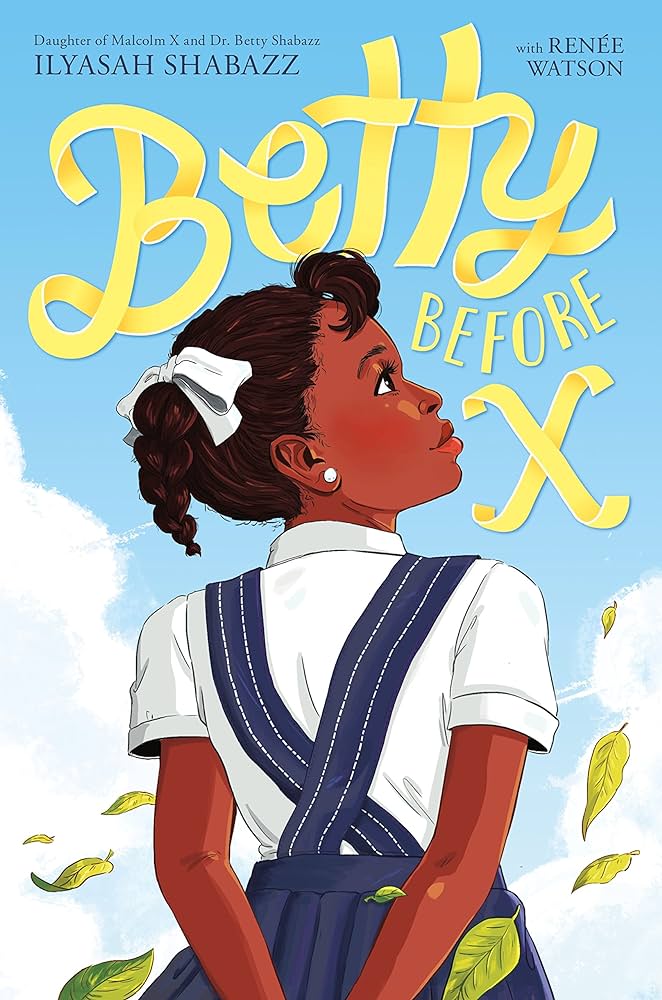
Betty Before X by Ilyasah Shabazz with Renée Watson
In Detroit, 1945, eleven-year-old Betty’s house doesn’t quite feel like home. She believes her mother loves her, but she can’t shake the feeling that her mother doesn’t want her. Church helps those worries fade, if only for a little while. The singing, the preaching, the speeches from guest activists like Paul Robeson and Thurgood Marshall stir African Americans in her community to stand up for their rights. Soon, the American civil rights icon we now know as Dr. Betty Shabazz is born. Inspired by Betty’s real life–but expanded upon and fictionalized through collaboration with novelist Renée Watson–Ilyasah Shabazz illuminates four poignant years in her mother’s childhood with this book, painting an inspiring portrait of a girl overcoming the challenges of self-acceptance and belonging that will resonate with young readers today.

Beautiful Blackbird by Ashley Bryan
A tale from the Ila-speaking people of Zambia gets new life in this picture book adaptation from Coretta Scott King Award winner Ashley Bryan about appreciating one’s heritage and discovering the beauty within. Long ago, Blackbird was voted the most beautiful bird in the forest. The other birds, who were colored red, yellow, blue, and green, were so envious that they begged Blackbird to paint their feathers with a touch of black so they could be beautiful too. Although Blackbird warns them that true beauty comes from within, the other birds persist and soon each is given a ring of black around their neck or a dot of black on their wings; markings that detail birds to this very day.
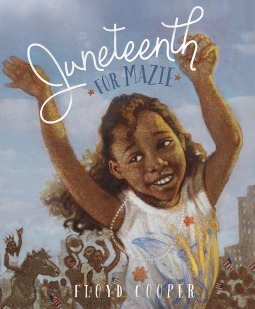
Juneteenth for Mazie by Floyd Cooper.
Mazie is ready to celebrate liberty. She is ready to celebrate freedom. She is ready to celebrate a great day in American history. The day her ancestors were no longer slaves. Mazie remembers the struggles and the triumph, as she gets ready to celebrate Juneteenth.

